

The onshore cable corridor is routed from the landfall at Climping through to a proposed new substation, and then onto the existing National Grid Bolney substation in Twineham. The onshore cable corridor is approximately 36km in length and approximately 50m in width within which the following will be located:
Considerate design is the best way to mitigate the negative impacts of any development. To get an introduction to the design process, read Factsheet on “How the draft proposals were developed” and watch the Cable Route Flyover Video.
An important early decision was to opt for underground cables. There will be no electricity pylons. The cables will be buried underground for the entirety of the route, so the impacts will be temporary in nature. The route is being designed to be as short as possible through the South Downs and methods will be introduced to ensure swift and successful reinstatement of the landscape. Temporary impacts will be most noticeable during the construction period.
The cable route stages and the proposed methods of construction allow for short bursts of construction activity across a five key phases:
While the total construction time to complete the entire cable route might be up to four years, each stage of the route will usually involve a few weeks work for each of the five phases, so the local impacts are reduced to a
minimum.
Working hours will normally be restricted to 7am – 7pm on weekdays and 8am – 1pm on Saturdays, to prevent disturbance to local residents. Some exceptions include at the locations for HDDs.
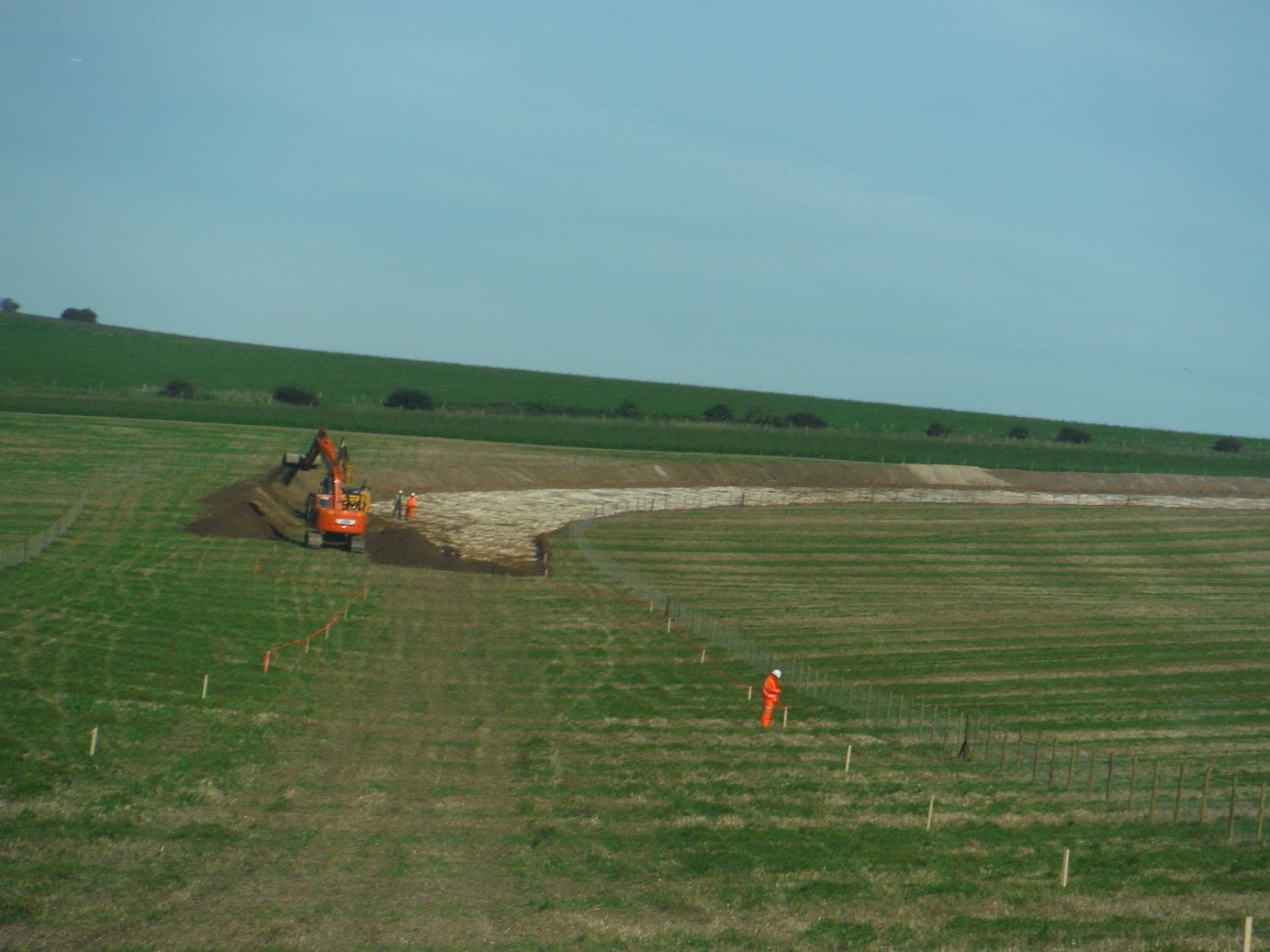
To bury the cable, a trench and ducting methodology will be used. Once the working width has been fenced off and the topsoil and subsoil stripped, soil will be carefully sorted and stored in stockpiles as close as possible to where it was excavated from. Trenches will be dug so that ducting can be laid and the trenches backfilled. This is a swift process to allow for quick reinstatement of the landscape.
The contractor will then come back at a later date to pull the cable through the ducting, using small joint bays at approximately 1km intervals along the route, as the cables come in rolls of 1km sections. The cables are then buried by backfilling the trench with the excavated material before the land is reinstated to its previous use.
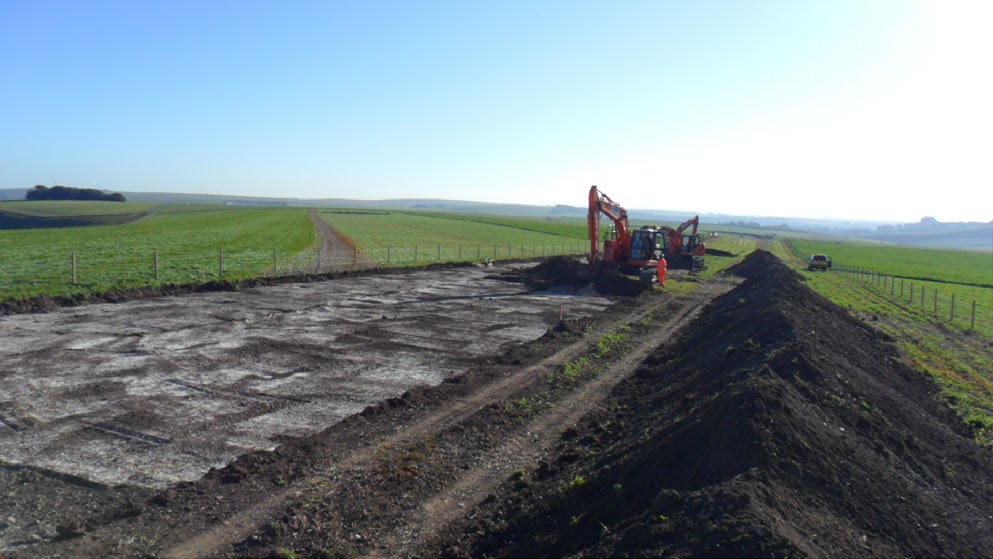
The cable route will be divided up into smaller lengths, located between strategic access points from the public highway network. A haul road also runs
along the cable route sections. Together, this avoids construction traffic on many local minor roads, with construction vehicles and deliveries able to move up and down the cable route using the haul road. Wheel washing facilities are located
at the key access points to prevent mud being carried from the construction site onto the local highway network.
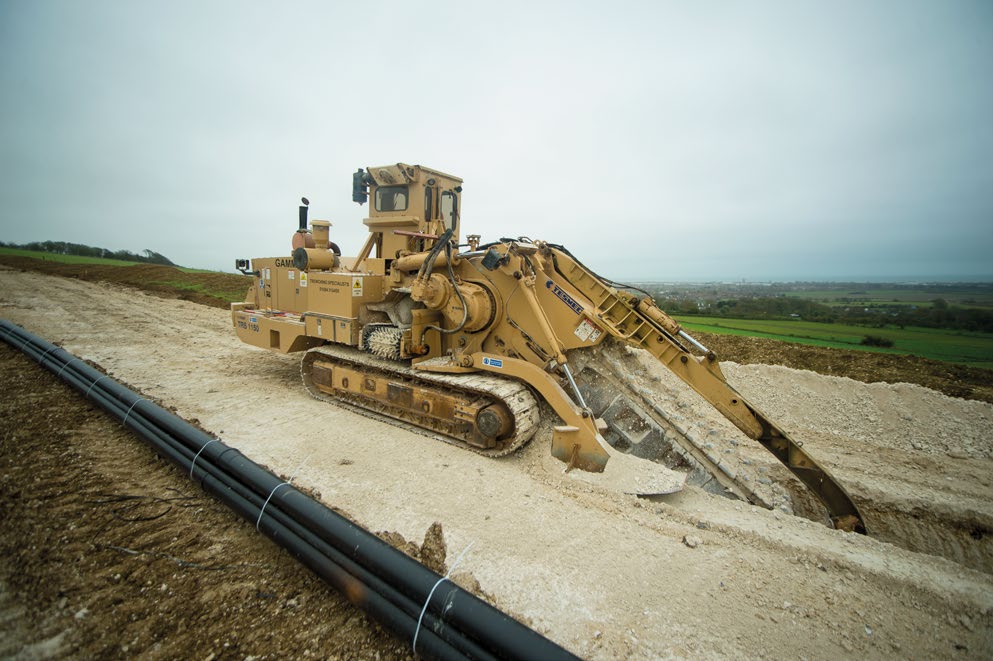
The cable route stages and the trench and ducting method of construction allows for short bursts of construction activity across a five key phases:
While the total construction time to complete the entire cable route might be 2 – 3 years, each stage of the route will usually involve a few weeks work for each of the five phases, so the local impacts are reduced to a minimum.
To cross particularly challenging obstacles such as rivers, railways, major roads and the beach, a horizontal directional drilling (HDD) technique will be used to tunnel below these features. This avoids impacts on the river environment, keeps traffic and trains running as normal, and means the beach can remain open throughout construction. A temporary HDD compound is established at either side of the drill to house the equipment.
Once the cables have been pulled through the ducting in the trenches and HDDs, the construction areas are fully reinstated. Topsoil is returned, hedgerows replanted and grass reseeded. Once the reinstatement is fully established, the fencing and access points are removed and the land handed back to the
landowner. For the original Rampion project, there is a requirement to monitor the reinstatement over a 10 year period and reinforce if and when necessary.
See the reinstatement video to see how the original Rampion cable route has been successfully reinstated.
The onshore substation will be the only permanent onshore, above-ground structure for the project.
Considerate design is the best way to mitigate the negative impacts of any development. To get an introduction to the design process, read Fact Sheet 4 and watch the Cable Route Flyover Video
The substation site preparation is one of the first construction elements to commence on the entire project.
Site preparation
Installation & Assembly
Please see the timelapse video of the original Rampion substation construction to get an idea of how substations can be constructed.
Reinstatement
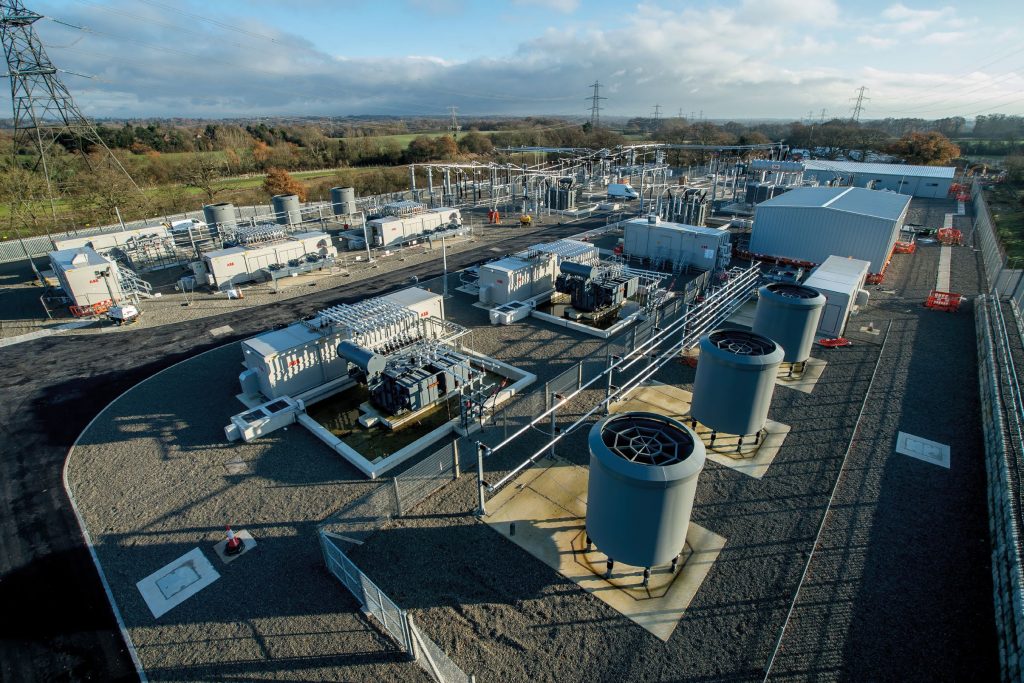
It is anticipated that construction of the substation would take up to 3.5 years – with some extra time building up to this to prepare the site and deliver temporary access roads.
Working hours will usually be restricted to 7am – 7pm on weekdays and 8am – 1pm on Saturdays, to prevent disturbance during unsocial hours.
Once the least impact site has been selected following this consultation, a Local Liaison Group (LLG) will be established from parish council representatives and local residents, to understand their concerns.
Our engineers and environmental consultants will work with the LLG to consider design changes to minimise the impact to local residents. For the original Rampion project, the following design changes were implemented to reduce impacts on the local community:
It’s currently too early to say what design changes may be possible as the substation location has yet to be determined, but a similar process will be followed to seek to minimise impacts, where possible, recognising that the substation equipment is likely to have a series of minimum parameters in order to meet its functional requirements.
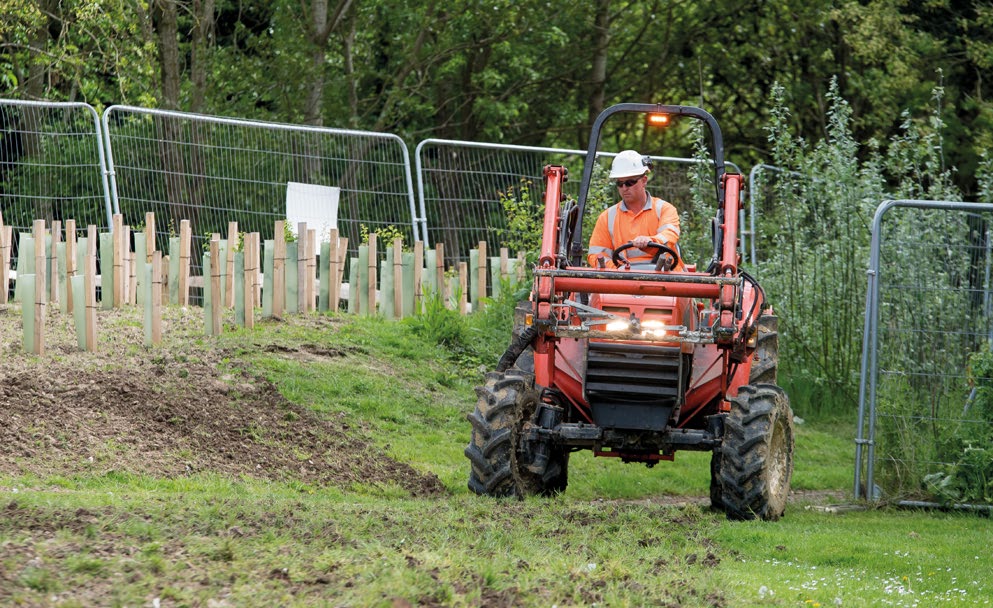
Where residual potential significant environmental effects are likely, a range of mitigation techniques are employed to protect the environment and ecology. The following examples were employed for the Rampion wind farm and are also proposed for Rampion 2.
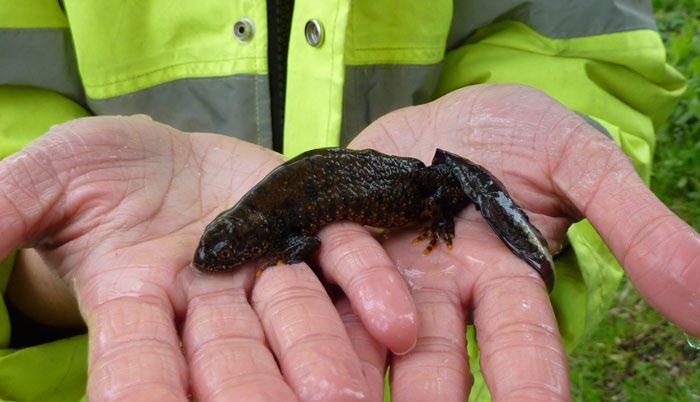
Specialist fencing was erected on the boundary of the construction working areas. The newts were then carefully caught and relocated outside the construction site. New hibernation areas were created and derelict ponds reinstated to ensure the newts have an alternative habitat nearby.
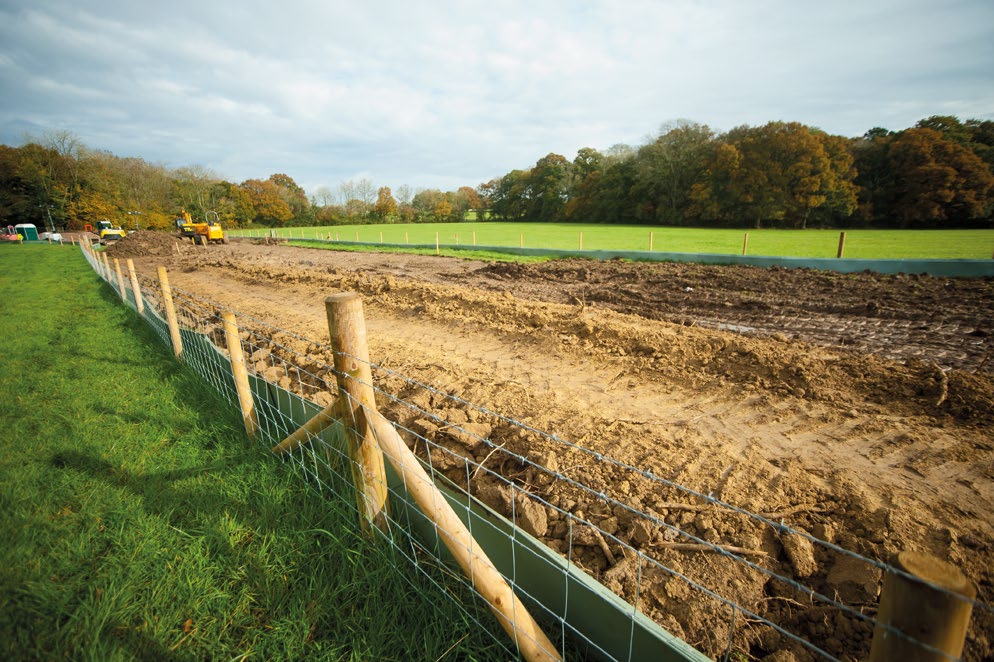
Bat boxes were installed on trees in nearby locations to offer additional habitat.
Prior to construction, protective netting was placed over hedgerows which needed to be removed at field boundaries, to prevent breeding birds from nesting prior to hedgerow removal.

In order to protect badgers, prior to construction and under the appropriate licence,
experienced ecologists closed existing badger setts using one-way exit gates, having already built new setts just outside the construction
working area to provide an alternative habitat.
Prior to construction, historical information is reviewed and geophysical surveys are carried out to identify areas with a higher potential of archaeological finds. Archaeologists will then conduct trial digs and trenches prior to construction, to accurately record and safely remove any findings.
Case Study from Rampion
On the original Rampion project, archaeological remains were uncovered spanning millennia from the late Neolithic, through to the Bronze Age, Roman, medieval and post-medieval periods. The finds included flint tools, pottery, pits, salt–working and watercress cultivation features and…a human skeleton.
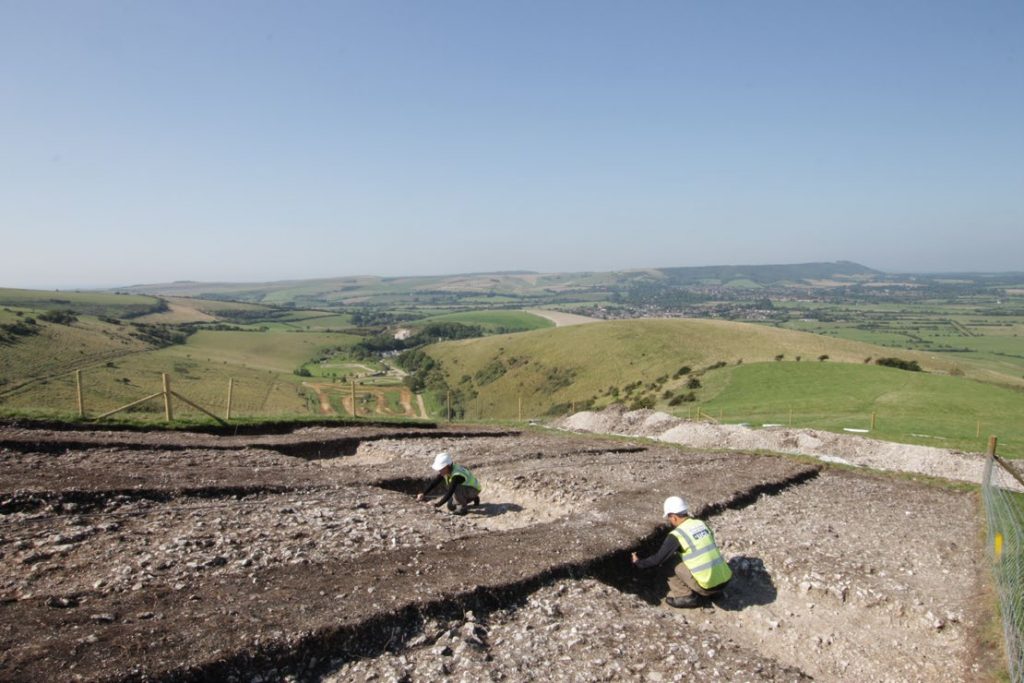
A Bronze Age Cross-dyke, recorded at Tottington Mount. Cross-dykes illustrate how land was divided up in the prehistoric period. A special archaeological dig exposed substantial linear earthworks that comprise one or more ditches in parallel.
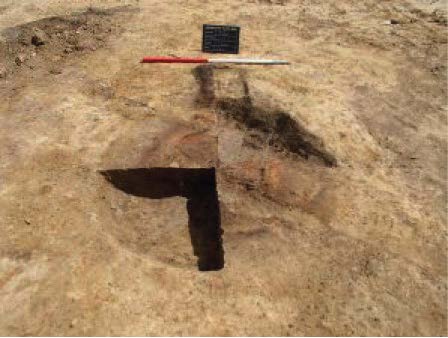
A medieval oven or hearth, probably related to the medieval salt industry. Salt would have been a valuable commodity at this time for use in preservation.
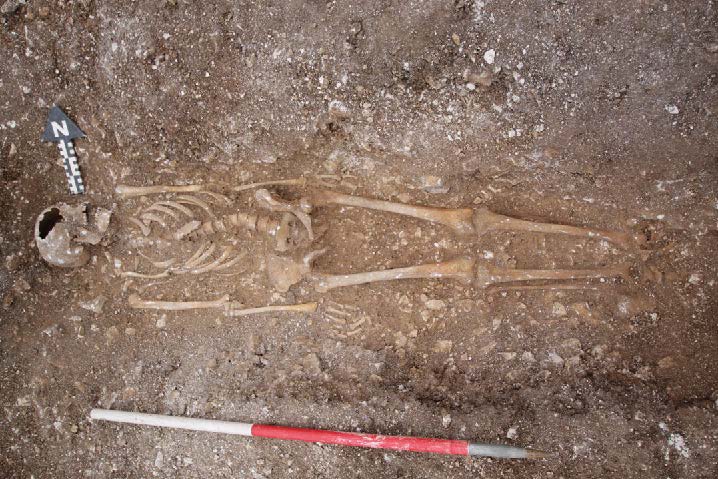
An Anglo-Saxon human skeleton, dating back to the 11th Century. The well-preserved remains of the adult male aged 25-35 years, were found in a well-cut grave in chalk bedrock.
As far as possible, construction activity will be planned to minimise disruption to residents and businesses in the local area. The PEIR includes an assessment of construction impacts, such as traffic and transport, noise, air quality and public rights of way.
Construction traffic routes and access points to the cable route haul road will be designed to utilise main roads and wider straight, as far as possible. The routes and access points need to be agreed with Highways Authorities and help keep HGVs and deliveries away from local narrow roads, as far as possible.
Horizontal Directional Drills (HDDs) help to keep traffic moving on main roads but where a minor local road needs to be crossed, traffic lights will be used to close one side of the road so it can be trenched, ducted, backfilled and tarmacked, before construction moves to the other side of the road. This traffic management approach aims to keep local roads open at all times, except for brief periods to set up the traffic management system.
Wheel washers will be used at the construction site exit, to ensure construction vehicles don’t transfer mud onto the local highway network.
On the substation site, reversing beepers are required for safety reasons. However, white noise emitters will be fitted onto construction vehicles to restrict the noise to the site area and prevent disturbance to neighbouring properties and public rights of way.
Construction involves vehicles such as excavators, bulldozers, lorries coming onto site. During Rampion 1’s construction, site accesses were sprayed with water to limit dust being blown around as vehicles passed.
On the original Rampion project, an innovative solution was designed to keep almost all the PRoWs open during construction. This worked well and is likely to be used again for Rampion 2.
Fencing and gateways are set up to operate much like a level crossing. If a construction vehicle needs to cross, the gates are closed for a few minutes to allow the vehicle to pass safely through, then reopened to allow users to continue safely along the PRoW. High-level latches are added so that there is no need for horse riders to dismount to open the gates.
Once work is complete, the fencing and gateways are removed and the PRoW is reinstated to a standard no less than before the works started.
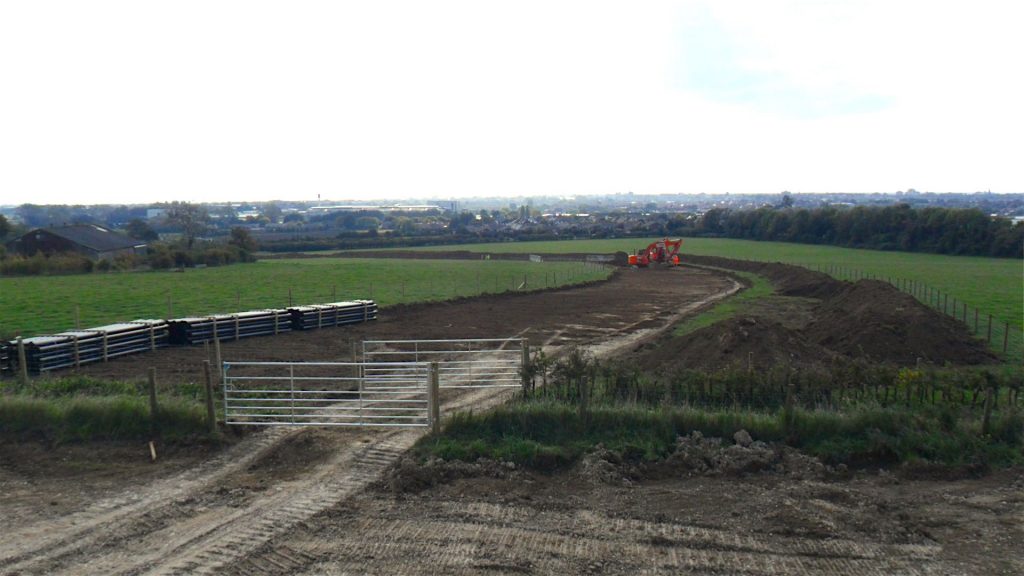
For further information on how we will manage impacts during construction, please see the Non Technical Summary and the signposted PEIR Chapters therein, at www.rampion2/consultation. There is also a cumulative assessment in the PEIR taking into consideration other local construction projects that are likely in the timeframe of the construction of Rampion 2.
We are consulting on our proposed measures to minimise and mitigate impacts. Please respond to our consultation with your feedback.
© 2024 Rampion 2 Wind Farm. All rights reserved.
Created with ❤ by Growth by Design